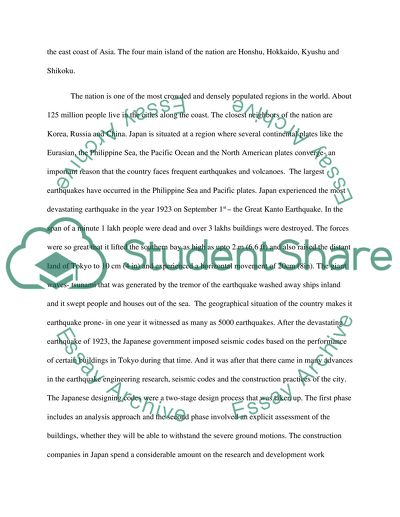Cite this document
(“Comparative investigation of seismic hazards and approaches to Essay”, n.d.)
Retrieved from https://studentshare.org/environmental-studies/1418343-comparative-investigation-of-seismic-hazards-and-approaches-to-mitigation
Retrieved from https://studentshare.org/environmental-studies/1418343-comparative-investigation-of-seismic-hazards-and-approaches-to-mitigation
(Comparative Investigation of Seismic Hazards and Approaches to Essay)
https://studentshare.org/environmental-studies/1418343-comparative-investigation-of-seismic-hazards-and-approaches-to-mitigation.
https://studentshare.org/environmental-studies/1418343-comparative-investigation-of-seismic-hazards-and-approaches-to-mitigation.
“Comparative Investigation of Seismic Hazards and Approaches to Essay”, n.d. https://studentshare.org/environmental-studies/1418343-comparative-investigation-of-seismic-hazards-and-approaches-to-mitigation.


